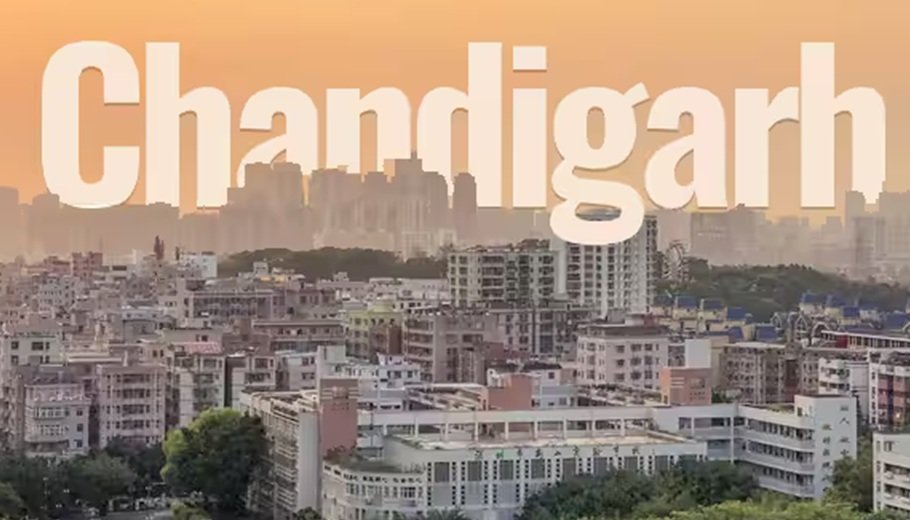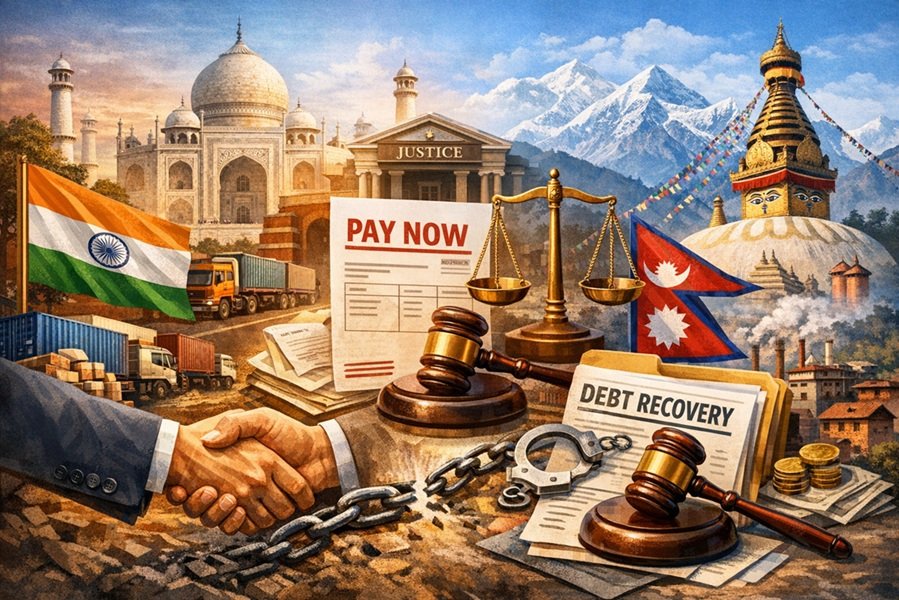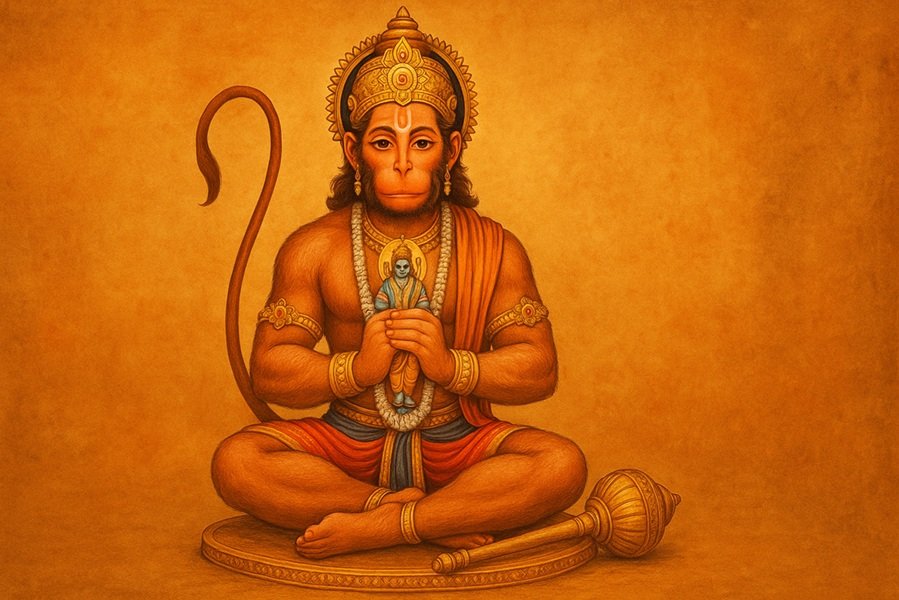
Chandigarh, often referred to as “The City Beautiful,” is one of India’s most unique urban creations. Nestled in the foothills of the Shivalik range, it serves as the joint capital of two states, Punjab and Haryana, while being a Union Territory itself. Chandigarh is renowned for its architectural brilliance, urban planning, and high standard of living. This article delves into the multifaceted aspects of Chandigarh, encompassing its history, architecture, governance, culture, economy, education, and lifestyle.
Historical Background
Chandigarh’s inception dates back to post-independence India. In 1947, the partition led to the division of Punjab, leaving Lahore, the erstwhile capital, in Pakistan. The Indian government decided to construct a new capital city for Indian Punjab, and thus, Chandigarh was conceptualized. The city’s foundation stone was laid in the early 1950s under the vision of India’s first Prime Minister, Jawaharlal Nehru, who envisioned it as a “new town, unfettered by the traditions of the past.”
The renowned Swiss-French architect Le Corbusier was commissioned to design the city, replacing earlier plans by Albert Mayer and Matthew Nowicki. Le Corbusier’s meticulous planning and modernist approach gave Chandigarh its distinctive identity.
Architecture and Urban Planning
Chandigarh is celebrated globally as a masterpiece of modernist architecture. Le Corbusier’s vision was based on the principles of functionality, simplicity, and harmony with nature. The city is divided into well-defined sectors, each functioning as a self-contained neighborhood with residential, commercial, and recreational spaces.
Key Architectural Marvels
- Capitol Complex: A UNESCO World Heritage Site, the Capitol Complex houses the Secretariat, the Legislative Assembly, and the High Court. These buildings are iconic for their brutalist design and symbolic representation of governance.
- Open Hand Monument: Symbolizing peace and reconciliation, this structure is a key landmark of Chandigarh.
- Rock Garden: Created by Nek Chand, this unique garden features sculptures made from industrial and domestic waste, showcasing creativity and sustainability.
- Sukhna Lake: An artificial reservoir, it is a serene spot for leisure and a hub for water sports.
- Rose Garden: The largest of its kind in Asia, this garden boasts a stunning variety of roses and is a major tourist attraction.
Governance and Administration
Chandigarh holds a unique administrative status. It is a Union Territory governed directly by the Central Government of India and serves as the capital of both Punjab and Haryana. The city’s governance structure includes a Union Territory Administrator, typically a senior bureaucrat, who oversees its administration.
Culture and Lifestyle
Despite its modernist roots, Chandigarh is deeply rooted in Punjabi culture. The city is a melting pot of traditions, blending the vibrancy of Punjab with the cosmopolitan ethos of a planned urban center.
Festivals and Events
- Baisakhi: Celebrated with great zeal, marking the harvest season.
- Teej: A festival that highlights Punjabi folk traditions.
- Chandigarh Carnival: An annual event showcasing art, culture, and entertainment.
Cuisine
Chandigarh’s culinary scene reflects its Punjabi heritage. From rich butter chicken and sarson da saag to local street foods like chole bhature and golgappe, the city offers a gastronomic delight. Modern cafes and international cuisines also thrive in this urban hub.
Economy
Chandigarh’s economy is primarily driven by three sectors: government services, IT, and tourism.
- Government Services: Being the administrative headquarters of Punjab and Haryana, a significant portion of the population is employed in government jobs.
- Information Technology: The IT sector has been growing, with companies like Infosys and Tech Mahindra establishing their presence.
- Tourism: With its gardens, museums, and architectural landmarks, Chandigarh attracts tourists from across the globe.
Education and Healthcare
Chandigarh is a prominent educational hub, boasting institutions like Panjab University, PEC University of Technology, and PGIMER (Post Graduate Institute of Medical Education and Research). The city’s emphasis on education is complemented by its robust healthcare infrastructure, making it a preferred destination for both academic and medical pursuits.
Transportation
Chandigarh’s transportation system is well-organized, reflecting its planned nature. The city boasts:
- Road Network: Wide, tree-lined avenues connect its sectors.
- Public Transport: The Chandigarh Transport Undertaking (CTU) operates buses within the city and to neighboring regions.
- Rail and Air Connectivity: Chandigarh’s railway station and international airport connect it to major Indian cities and select global destinations.
Environment and Sustainability
Chandigarh is often cited as one of India’s cleanest cities. Its abundant green spaces, including parks and gardens, contribute to its environmental appeal. The administration has also taken steps to promote sustainable practices, such as waste management and renewable energy usage.
Challenges and Future Prospects
Despite its many accolades, Chandigarh faces challenges such as urban sprawl, traffic congestion, and environmental concerns. As the population grows, maintaining its planned character and infrastructure becomes crucial.
The city’s future lies in embracing smart city initiatives, expanding its IT sector, and preserving its architectural heritage. Efforts are underway to balance development with sustainability, ensuring Chandigarh remains “The City Beautiful” for generations to come.
Conclusion
Chandigarh stands as a testament to India’s vision of modernity and progress. Its unique blend of history, architecture, culture, and governance makes it a city like no other. As it evolves, Chandigarh continues to inspire urban planners and captivate those who visit or call it home.






